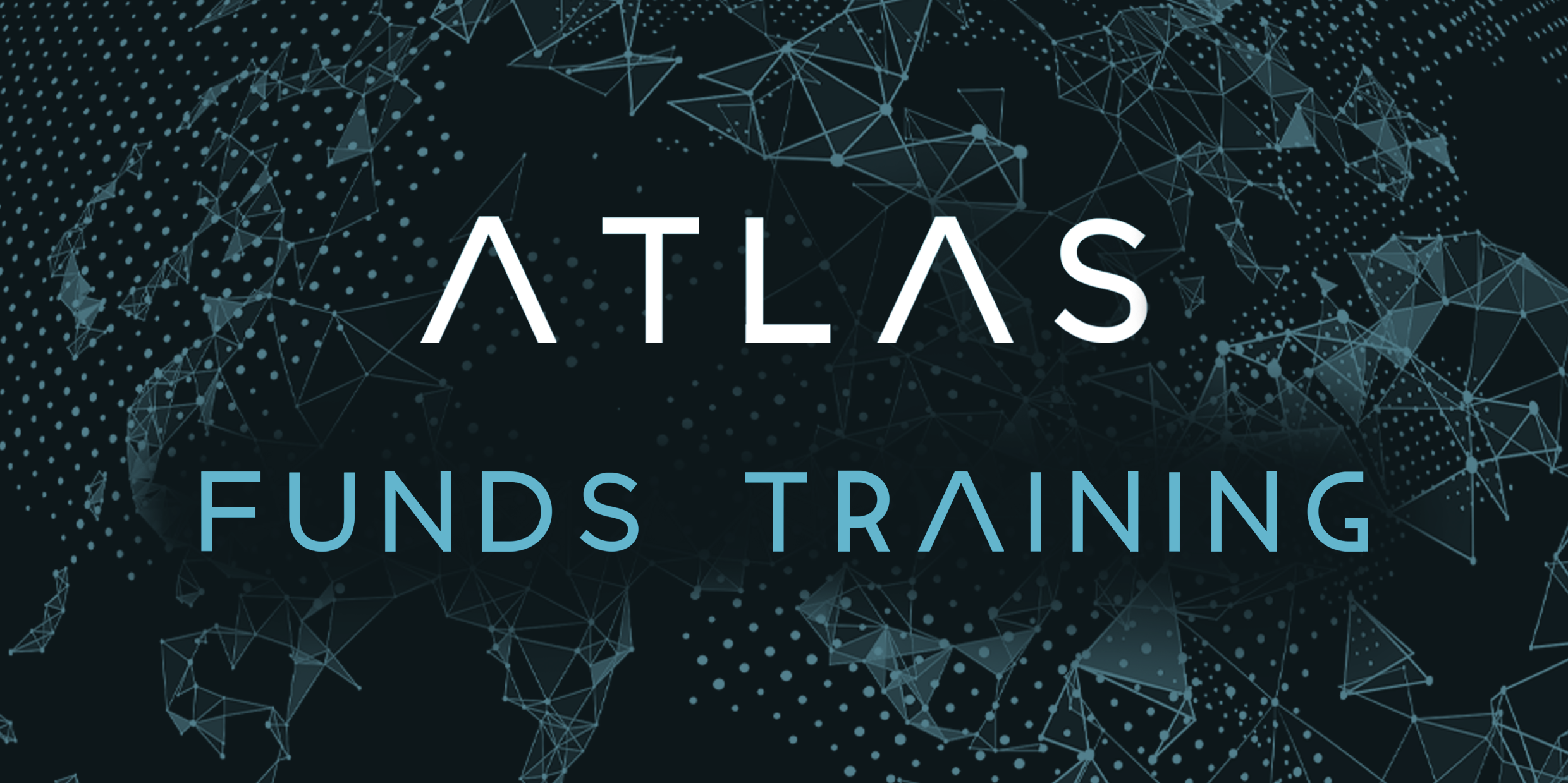Thursday April 16 2020
News Source: Fund Regulation
Focus: UCITS
Type: General
Country: Luxembourg
The Commission de Surveillance du Secteur Financier (CSSF) has updated the FAQs in relation to COVID-19. The following questions and answers have been added:
Question 16.a) Do passive investment breaches (i.e. a breach beyond the control of the UCITS) by a UCITS of the global exposure limit of article 42(3) of the 2010 Law (and more generally of investment restrictions applicable to UCI) have to be notified to the CSSF?
No.
Question 16.b) Can breaches of the VaR limit (either the maximum limit laid down in regulation (20% for absolute VaR or 200% for relative VaR as the case may be) or any other more restrictive internal limit set below the above regulatory thresholds, as laid down in the sales prospectus) by UCITS as a result of the increase of volatility in financial markets (in the absence of any new positions increasing the risk of the portfolio) be considered as passive breaches?
Yes.
Question 16.c) What are the expectations of the CSSF in case of a passive breach (i.e. beyond the control of the UCITS, e.g. increase of volatility in the financial markets) of the regulatory VaR limit or the internal VaR limit laid down in the prospectus?
Investment fund managers should take appropriate steps to meet the limit within a reasonable time period, thereby taking due account of the prevailing market conditions and of the best interests of investors. For that purpose, they have to closely monitor the situation of the UCITS as well as the defined remediation plan.
Upon occurrence of a passive breach, any additional risk exposure taken by the UCITS increasing the overall level of risk of the portfolio (i.e. VaR usage increasing) should be viewed as an active investment breach.
The passive breach should however not preclude the UCITS from continuing to manage the fund (for example, concluding investments following subscriptions in the fund). If a new position does not increase the level of risk of the UCITS (i.e. VaR consumption is not increasing), it should not be viewed as an active breach.
Question 16.d) What information do UCITS have to communicate to the CSSF (opc.prud.sp@cssf.lu) in relation to an active breach of the VaR limit (whether the maximum limit laid down in regulation – 20% for absolute VaR or 200% for relative VaR – or the internal limit, below the above regulatory thresholds, as laid down in the sales prospectus)?
The notification to the CSSF should include at least the following information:
- the legal name of the notifying person/entity and the corresponding CSSF identifier of the entity;
- the legal name of the fund and the sub-fund, and the corresponding CSSF code of the fund and the sub-fund; • the VaR computation method (absolute VaR or relative VaR);
- the internal VaR limit (if prospectus mentioned a limit below the regulatory limit);
- the VaR limit consumption;
- the date when the active breach occurred and the date when the breach ended;
- the reason(s) of the breach (i.e. new position, redemptions which miss to be managed by the fund manager, etc…);
If needed, the CSSF may ask additional explanations.
For these notifications investment fund managers do not have to use the standard 02/77 template set out under the following link: http://www.cssf.lu/en/supervision/ivm/ucits/forms/
Click on the above link for further information.



